Tax Tools #1 – Brief Overview of Tax Research
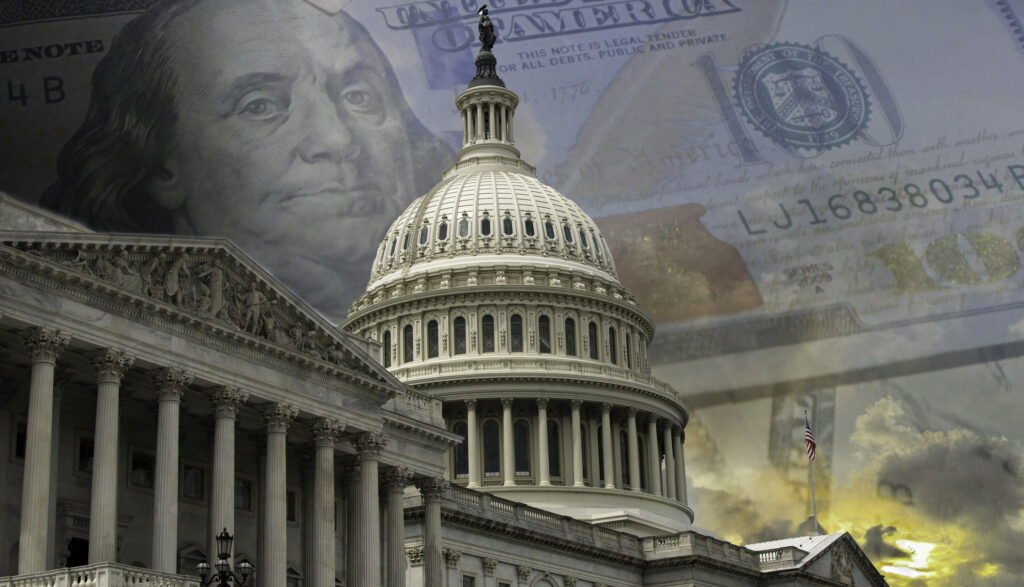
This is a summary of key findings from research on the US fiscal outlook and tax policy debate. Findings are based on a survey fielded January 7-10 of 1200 registered voters. It also draws on findings from a series of recent focus group listening sessions conducted by the Winston Group. Among voters who said they […]
Tax Tools #2 – Inflation and Personal Outcomes From Tax Policy

This is a brief summary of findings about inflation and most important personal outcomes from tax policy based on recent listening sessions with voters, and the January 7-10 survey of 1200 voters. Outlook on the Economy and Inflation Outlook on the economy is negative among voters overall (28-55 right direction-wrong track). Inflation was a top […]
Tax Tools #3 – Views About The Tax Cuts And Jobs Act

This is a brief summary of findings about the Tax Cuts and Jobs Act with a look at statements about the bill and voter impact of seeing the tax provisions. Findings are based on recent listening sessions with voters, and the January 7-10 survey of 1200 voters. Key Takeaways Views Of TCJA The initial view […]
Tax Tools #4 – Government Spending Versus Tax Revenue
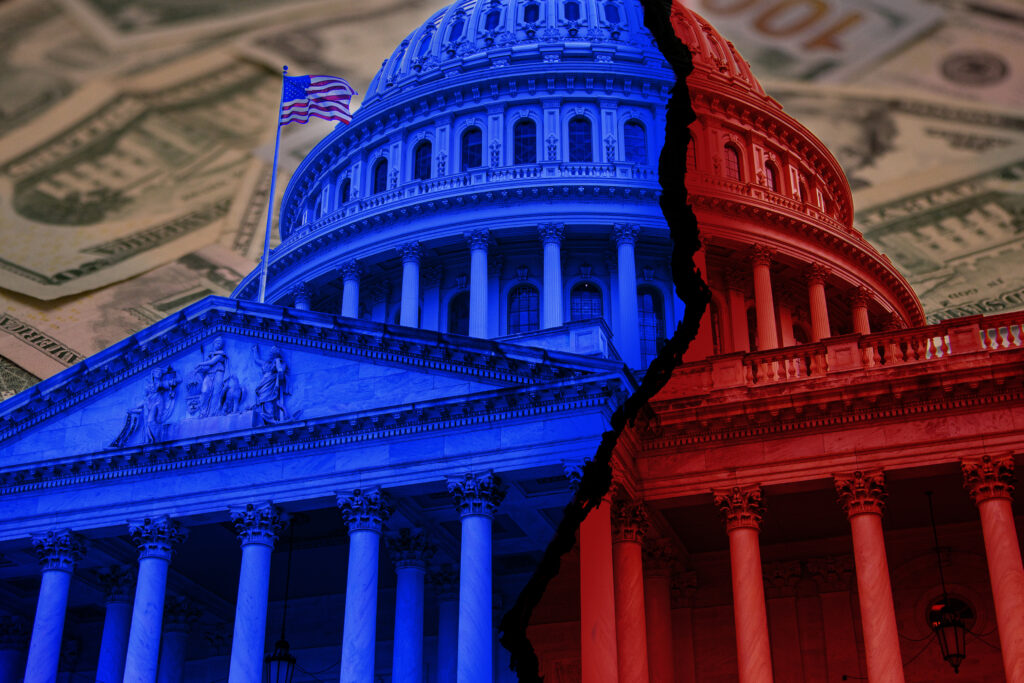
This is a brief summary of findings about government spending and revenue with a look at how voters evaluate tax increases and spending cuts as debt solutions. The research is based on recent listening sessions with voters and the January 7-10 survey of 1200 voters. Key Takeaways Spending and Revenue Generally speaking, voters found statements […]
Tax Tools #5 – Beliefs About The Debt And Deficit

This is a brief summary of findings about the US fiscal outlook and the electorate’s beliefs about the national deficit and debt. Findings are based on recent listening sessions with voters, and the January 7-10 survey of 1200 voters. Statements about debt/deficit were believable to voters. The chart below shows belief statements ranked highest to […]
Tax Tools #6 – Retirement

This is a brief summary of findings about retirement and future financial plans. The research is based on recent listening sessions with voters, and the January 7-10 survey of 1200 voters. Key Takeaways 1.) Retirement was a prevalent concern throughout the research. Concern about running out of income in retirement was a stronger concern than […]
Washington Never Returned To Pre-COVID Spending Levels
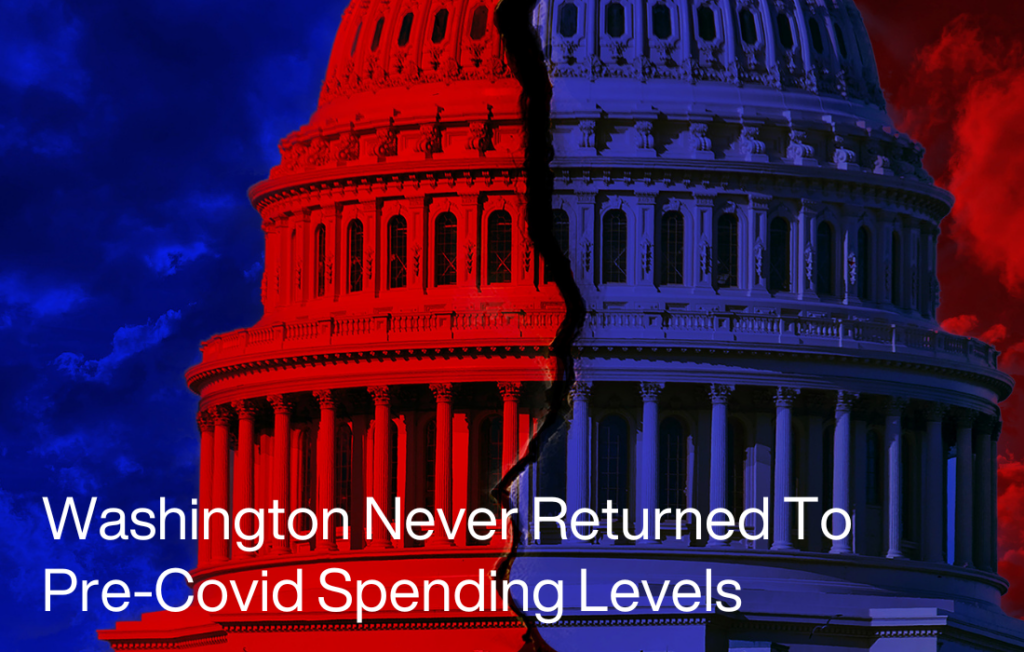
Washington is in an uproar over DOGE’s cost-cutting measures, but the inconvenient truth is that the federal government never returned to pre-COVID spending levels after the pandemic was over. Former President Biden announced COVID was over on September 18, 2022. On April 10, 2023, he signed the termination of the COVID-19 national emergency declaration. But according to Congressional […]
President Biden’s Final Score On Inflation
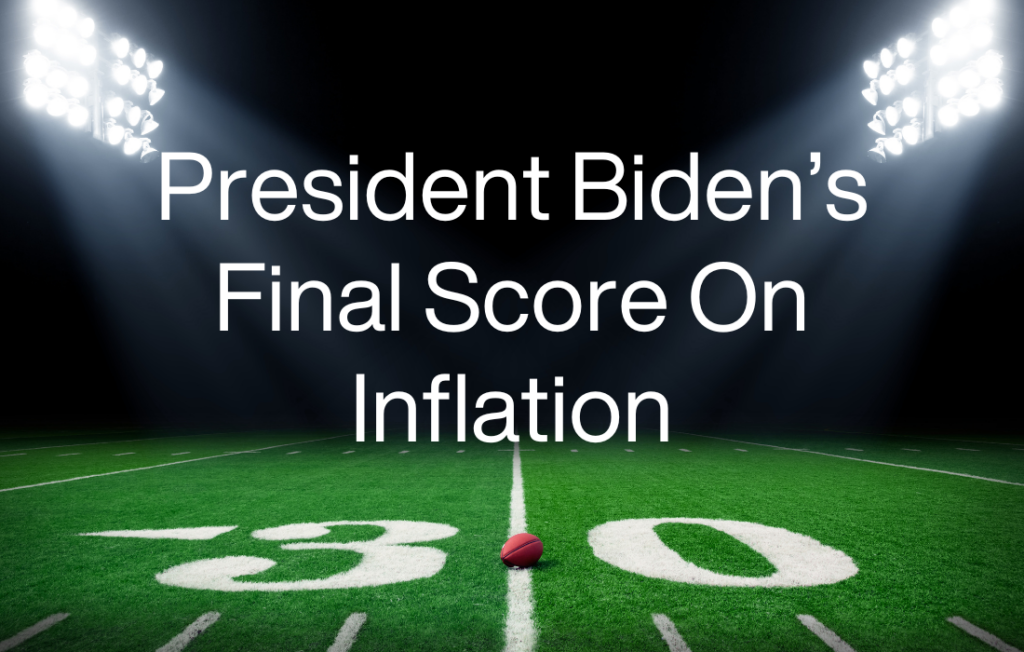
This morning’s inflation report came in hot with a 3% year over year Consumer Price Index. With this report being for the month of January, today’s result is the final score on inflation for the Biden presidency, putting the cumulative rate of inflation since the Biden inaugural month to the last month of his administration at […]
Do Voters Care About the Debt?
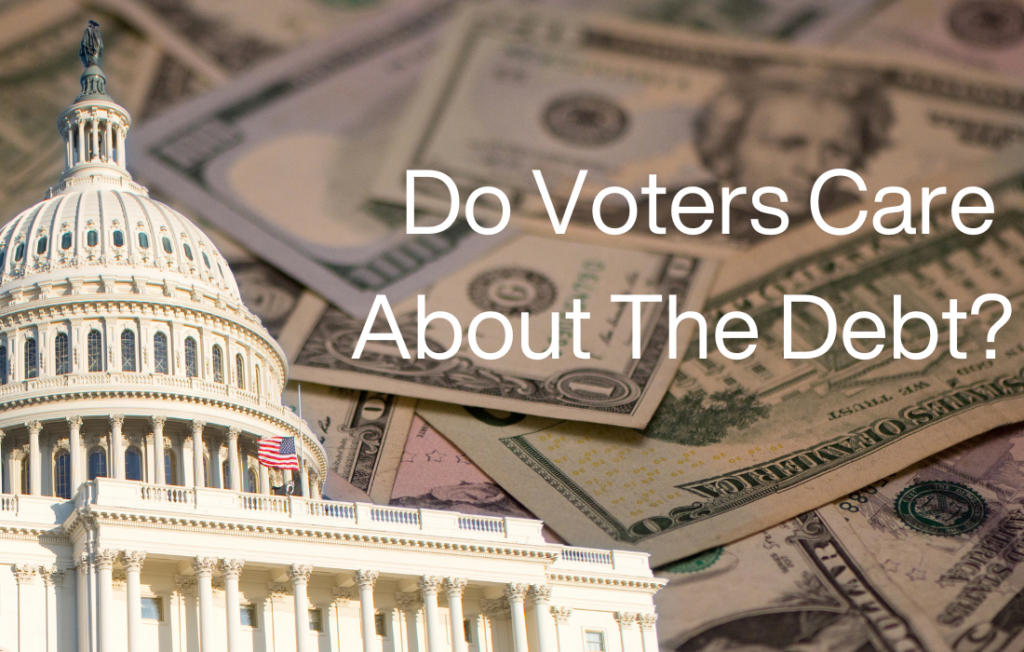
Congressional Republicans often think that voters don’t care about the national debt, but our research shows that voters care more than lawmakers may realize. This research consisted of a series of listening sessions with voters and a national survey (January 7-10) of 1200 registered voters. In a series of beliefs, several statements about the consequences […]
House Budget Committee: The Republican Budget Opportunity (via Gingrich360)
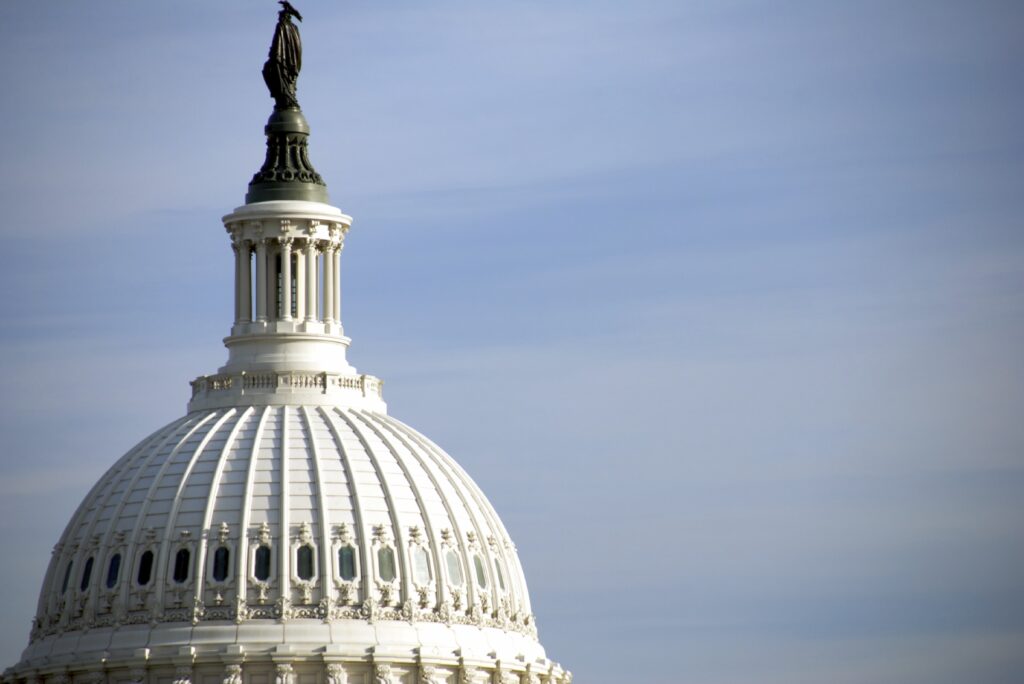
The Winston Group’s recent survey numbers, in Newt Gingrich’s recent column, cited today by the US House Committee on the Budget: Read the full piece here.
